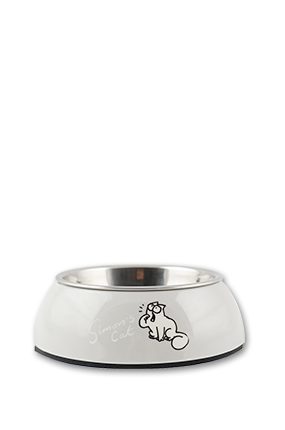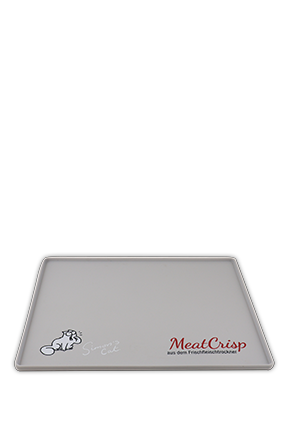What does good cat food need?
Cat food through the ages
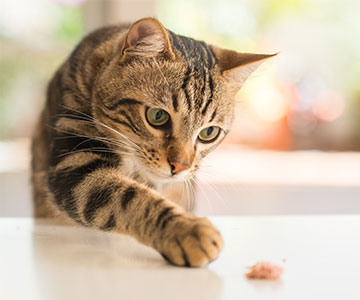 Cat food through the ages
Cat food through the ages
What do cats need for their daily requirements?
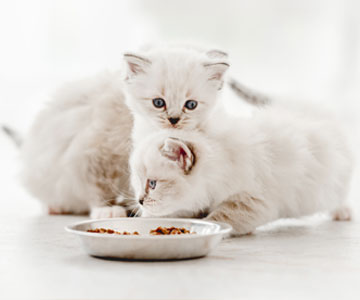 What do cats need for their daily requirements?
What do cats need for their daily requirements?
It is not only the proportion of meat in the food that is important, but also the quality of the meat. Average industrial cat food partly consists of only a small proportion of meat that is also of inferior quality. Meat – especially high-quality meat – is expensive to buy. Manufacturers of industrial cat food therefore like to use cheap by-products such as slaughterhouse waste, production waste from the food industry or inferior-quality meat. As an alternative to fresh meat in high-quality cat food, meat-and-bone meal or meat meal is also often used as a meat component in cat food. In Germany, it is also legally permissible to add old industrial or catering fat, artificial enzymes and additives and to make the food artificially delicious for cats by using flavour, colour and odour enhancers. Unfortunately, savings are being made at the wrong end here, because even if the cat eats the food, it is at the expense of our animal’s health.
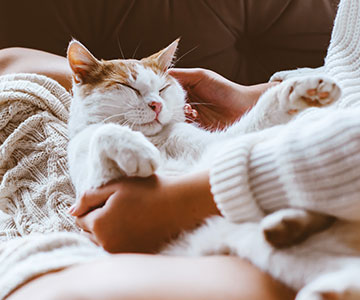 We focus on high-quality food for the sake of our cats’ health
We focus on high-quality food for the sake of our cats’ health
- Sugar
- Additives
- High grain content
- Water
- Meat meal or meat-and-bone meal
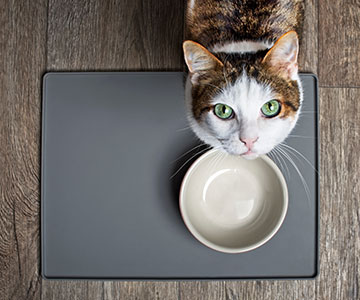 It depends on the production method
It depends on the production method
It depends on the production method
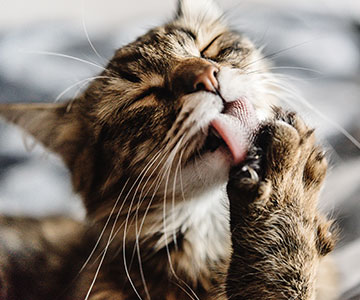 What makes good cat food?
What makes good cat food?
Conclusion
- Production process: gentle production so that natural vitamins, trace elements and amino acids are not cooked away
- Is fresh meat used or only meat meal or meat-and-bone meal?
- Does it contain little to no meat? (Optimal amount: 80 percent or more fresh meat)
- Proportion of carbohydrates (as a favourable admixture in the food)
- Does it contain nutrient-less water instead of nutrient-rich meat juice?
- Were the nutrients and flavours added artificially afterwards?
- Good cat food doesn’t need artificial flavours in order to be convincing. Avoid cat food with artificial flavour, colour and odour enhancers!
- 83% fresh meat (no meat meal or meat-and-bone meal)
- Freshmeatdryer as a production process
- Natural ingredients
- No attractants
- No grains containing gluten
- Nutritious and easily digestible
- Taurine optimised


 Deutsch
Deutsch
 English
English
 Nederlands
Nederlands
 Français
Français

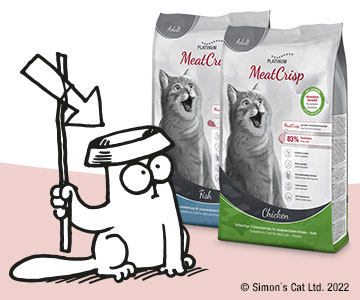
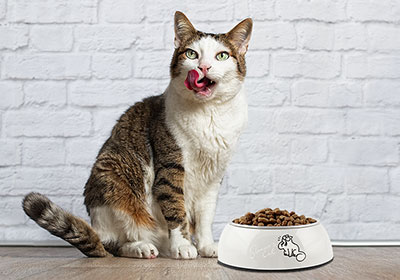
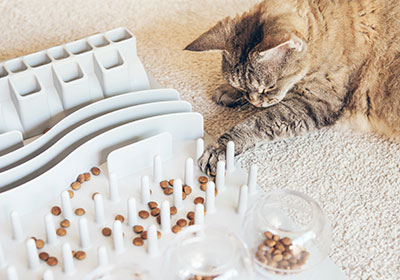
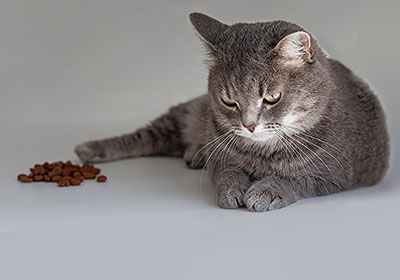
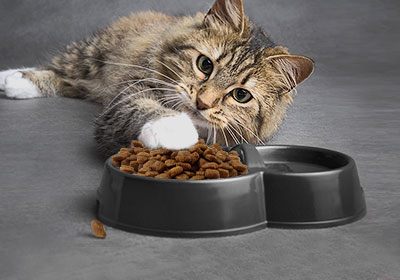
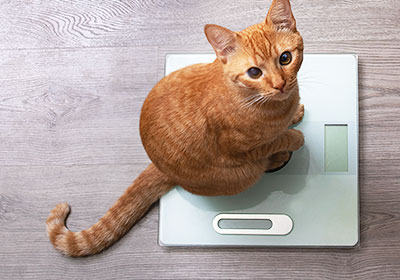
.png)
.png)
.png)
